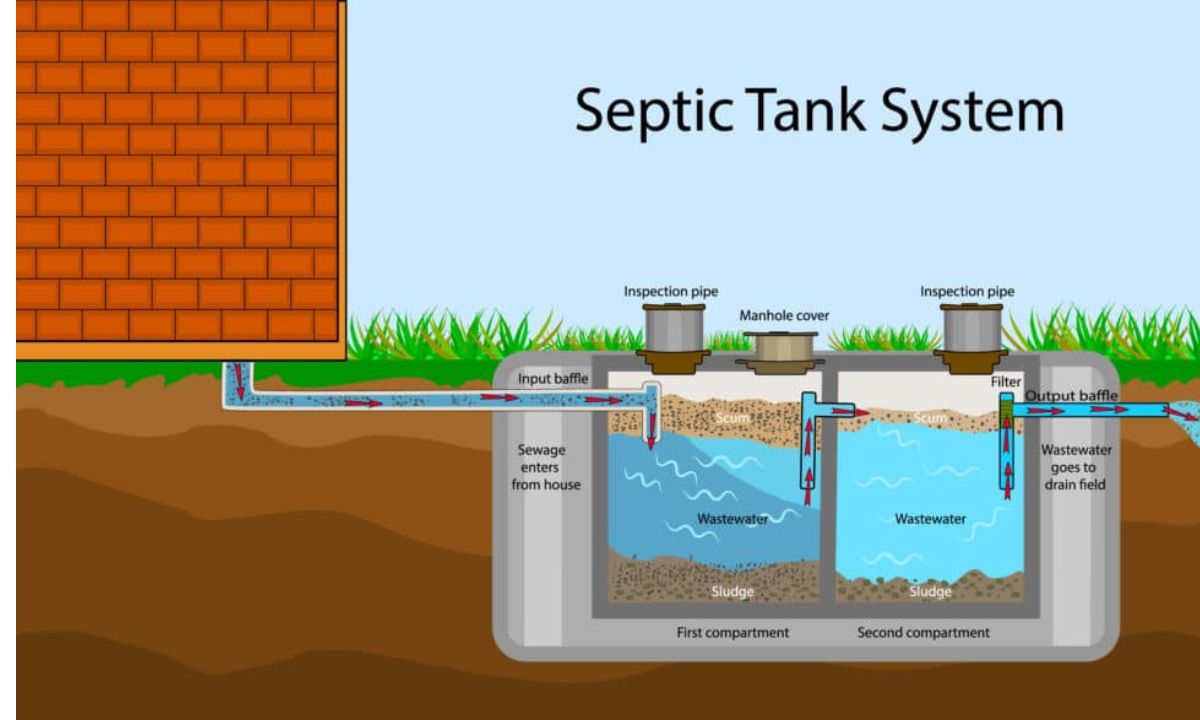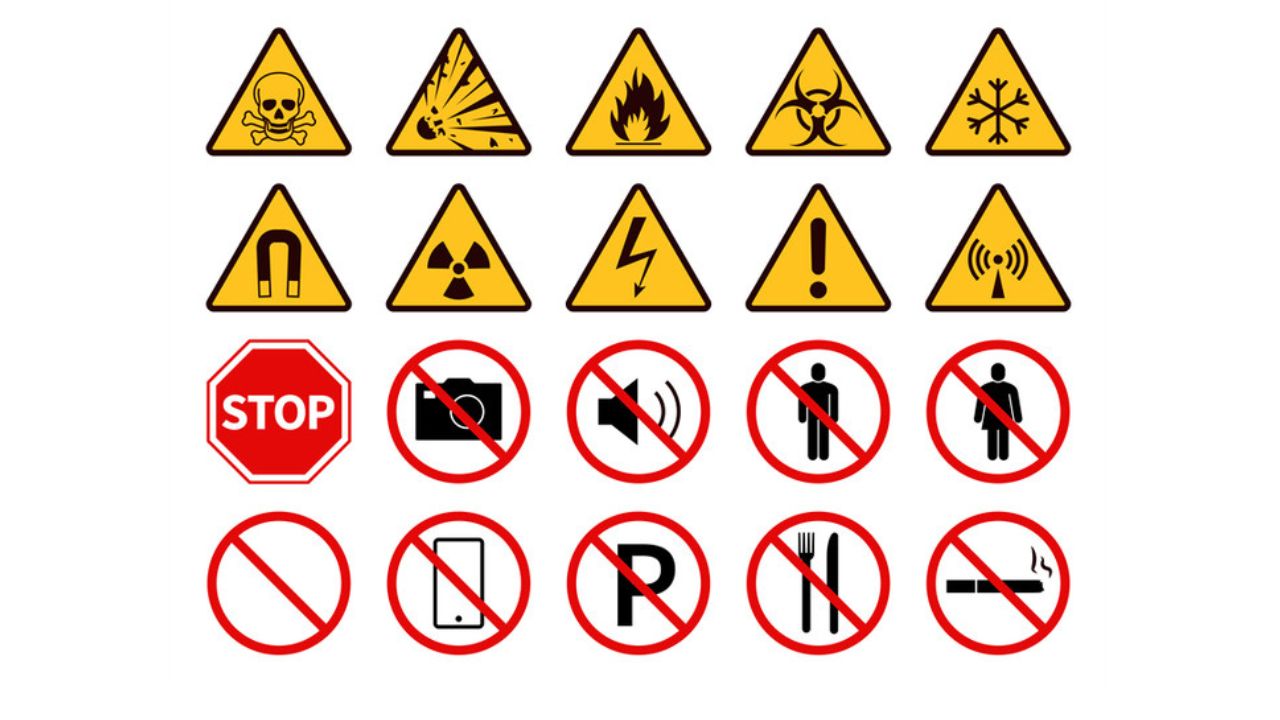Top Strategies to Help You Quit Smoking: A Comprehensive Guide
Tabac”Smoking is a dangerous and addictive habit that can cause serious health problems. It is estimated that smoking kills millions of people worldwide each year. Despite the known health risks, many people find it difficult to quit smoking. In this comprehensive guide, we will share top strategies to help you quit smoking for good.
- Understand the Risks
The first step in quitting tabac is to understand the risks. Smoking is linked to a range of health problems, including lung cancer, heart disease, stroke, and respiratory infections. By understanding the risks, you can be more motivated to quit smoking.
- Find Your Motivation
Quitting smoking is not easy, but finding your motivation can help. Think about why you want to quit smoking. Maybe it’s to improve your health, save money, or set a good example for your children. Whatever your motivation, use it to stay focused and committed.
- Set a Quit Date
Setting a quit date is an important step in the quitting process. Choose a date that gives you enough time to prepare and gather support. Once you’ve set a quit date, start preparing by telling your friends and family, getting rid of tabac-related items, and preparing for cravings.
- Use Nicotine Replacement Therapy
Nicotine replacement therapy (NRT) can help reduce cravings and withdrawal symptoms. There are various types of NRT, including gum, patches, lozenges, inhalers, and nasal sprays. Talk to your doctor to determine which NRT method is right for you.
- Consider Prescription Medications
In addition to NRT, there are prescription medications that can help with quitting smoking. These medications work by reducing cravings and making smoking less enjoyable. Talk to your doctor to see if prescription medications are right for you.
- Seek Support
Quitting tabacis easier with support. Tell your friends and family about your decision to quit smoking and ask for their support. You can also join a support group or seek counseling to help you stay motivated and focused.
- Practice Stress-Relief Techniques
Stress is a common trigger for smoking. Practicing stress-relief techniques, such as deep breathing, yoga, or meditation, can help you manage stress and reduce the urge to smoke.
- Make Lifestyle Changes
Making lifestyle changes can also help you quit smoking. Exercise regularly to reduce stress and improve your overall health. Eat a healthy diet to improve your energy levels and reduce cravings. Avoid alcohol and other triggers that can make you want to smoke.
- Stay Positive
Quitting tabac is a journey that requires patience and perseverance. Don’t be too hard on yourself if you slip up. Instead, stay positive and focus on your progress. Celebrate your milestones and reward yourself for your successes.
- Get Professional Help
If you’re struggling to quit tabac on your own, seek professional help. Your doctor can provide resources and support to help you quit smoking for good.
- Stay Busy
One of the challenges of quitting tabac is dealing with boredom and idle time. To avoid the temptation to smoke, find ways to stay busy. Engage in activities that you enjoy or take up a new hobby. You can also try distracting yourself with a book, movie, or game.
- Use Technology
There are several apps and online resources available to help you quit smoking. These tools can track your progress, provide motivation, and connect you with support groups. Consider using technology to supplement your quitting strategy.
- Plan for Social Situations
Social situations can be challenging when you’re trying to quit smoking. Plan ahead for these situations and come up with strategies for dealing with cravings. You can bring along gum or mints, take a walk outside, or simply excuse yourself from the situation.
- Get Enough Sleep
Quitting smoking can be stressful, which can make it difficult to sleep. However, getting enough sleep is important for your overall health and can help reduce stress and cravings. Aim for 7-8 hours of sleep per night.
- Stay Hydrated
Drinking plenty of water can help reduce cravings and flush toxins from your body. Aim for at least 8 glasses of water per day. You can also try drinking herbal tea or low-sugar fruit juice.
- Avoid Triggers
Triggers are people, places, or things that make you want to smoke. Identify your triggers and come up with strategies for avoiding them. For example, if you tend to smoke when you drink alcohol, consider avoiding alcohol for a while.
- Track Your Progress
Tracking your progress can help you stay motivated and focused. Keep a journal of your quitting journey, including your successes and challenges. You can also use apps or online resources to track your progress.
- Reward Yourself
Quitting tabac is a big accomplishment, so be sure to reward yourself for your successes. Treat yourself to a massage, a new outfit, or a special meal. Celebrate your milestones and use them as motivation to keep going.
- Stay Committed
Quitting smoking is a long-term commitment. Stay committed to your goal and don’t give up if you have a setback. Remember that each day without tabac is a victory and that you’re taking steps towards a healthier life.
- Seek Help if Needed
If you’re struggling to quit smoking, don’t be afraid to seek help. Your doctor can provide resources and support to help you quit smoking for good. You can also join a support group or seek counseling to help you stay motivated and focused.
In summary, quitting tabac is a difficult but achievable goal. By using these strategies, you can take control of your health and break free from addiction. Remember to stay positive, stay committed, and seek help when needed.
In conclusion
Quitting smoking is a challenging but achievable goal. By understanding the risks, finding your motivation, and seeking support, you can quit smoking for good. Use these strategies to take control of your health and improve your quality of life.

 General2 years ago
General2 years ago
 Fashion2 years ago
Fashion2 years ago
 Trends1 year ago
Trends1 year ago
 Fashion12 months ago
Fashion12 months ago
 Fashion Today2 years ago
Fashion Today2 years ago
 Fashion2 years ago
Fashion2 years ago
 General2 years ago
General2 years ago
 Fashion2 years ago
Fashion2 years ago


















